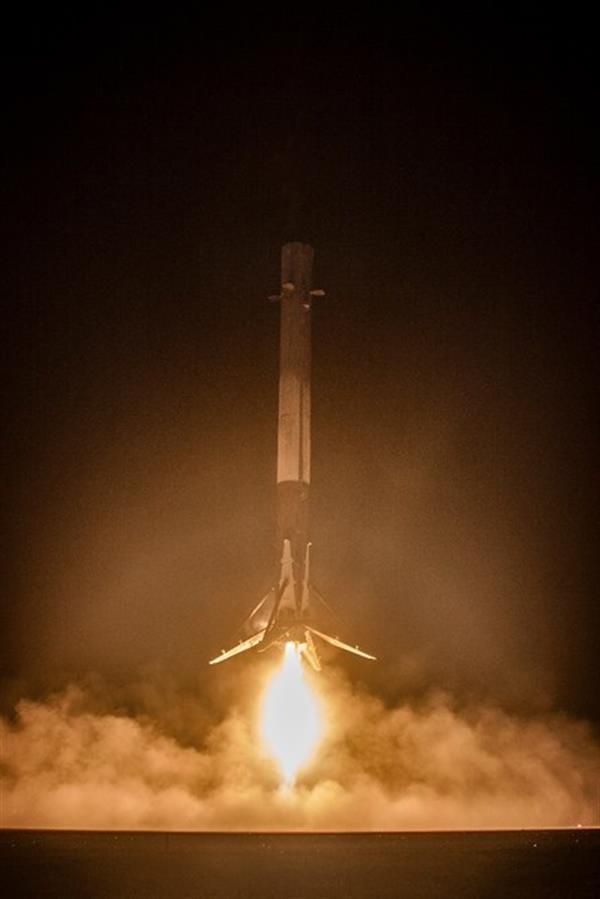Asteroid impact to test defence
 NASA has launched a test mission to defend planet Earth.
NASA has launched a test mission to defend planet Earth.
NASA’s Double Asteroid Redirection Test (DART) is the world’s first full-scale mission to test technology for defending Earth against potential asteroid or comet hazards.
The DART mission involves shooting a spacecraft at an asteroid that is not a threat to Earth. Its goal is to slightly change the asteroid’s motion in a way that can be accurately measured using ground-based telescopes.
The target asteroid is called ‘Dimorphos’ (meaning ‘two forms’ in Greek), and is about 160 metres in diameter. It orbits a larger asteroid named ‘Didymos’ (‘twin’ in Greek). Dimorphos completes an orbit around Didymos very consistently, every 11 hours and 55 minutes.
The mission is intended to show that a spacecraft can autonomously navigate to a target asteroid and intentionally collide with it.
The test will provide important data to help better prepare for an asteroid that might pose an impact hazard to Earth, should one ever be discovered.
The equipment for the mission was launched last week.
LICIACube, a CubeSat riding with DART, will be released prior to DART’s impact to capture images of the impact and the resulting cloud of ejected matter.
Roughly four years after DART’s impact, ESA’s (European Space Agency) Hera project will conduct detailed surveys of both asteroids, with particular focus on the crater left by DART’s collision and a precise determination of Dimorphos’ mass.
Since Dimorphos orbits Didymos at much a slower relative speed than the pair orbits the Sun, the result of DART’s kinetic impact within the binary system can be measured much more easily than a change in the orbit of a single asteroid around the Sun.
The spacecraft will intercept the Didymos system between September 26 and October 1, 2022, intentionally slamming into Dimorphos at roughly 6 kilometers per second.
Scientists estimate the kinetic impact will shorten Dimorphos’ orbit around Didymos by several minutes. Researchers will precisely measure that change using telescopes on Earth. Their results will validate and improve scientific computer models critical to predicting the effectiveness of the kinetic impact as a reliable method for asteroid deflection.
DART’s single instrument, the Didymos Reconnaissance and Asteroid Camera for Optical navigation (DRACO), will turn on a week from now and provide first images from the spacecraft.
DART will continue to travel just outside of Earth’s orbit around the Sun for the next 10 months until Didymos and Dimorphos will be a relatively close 11 million kilometers from Earth.







 Print
Print